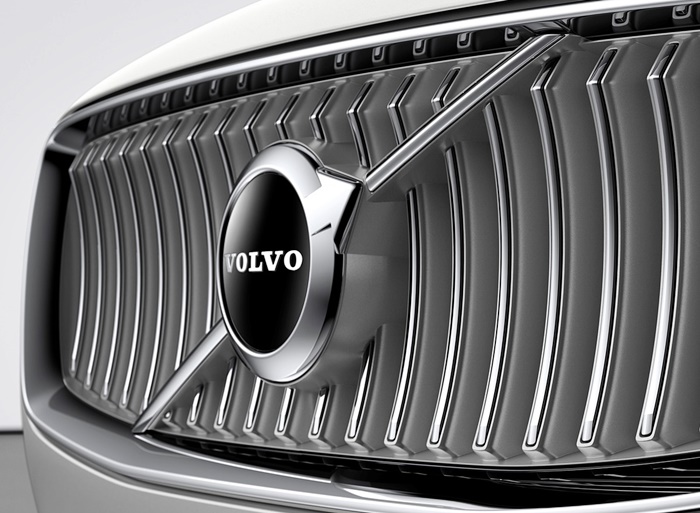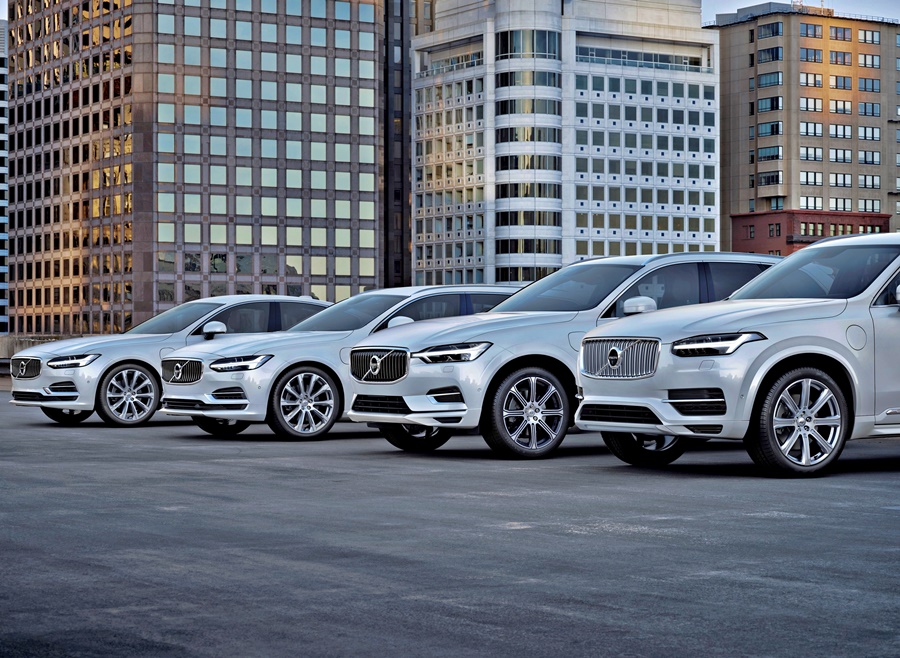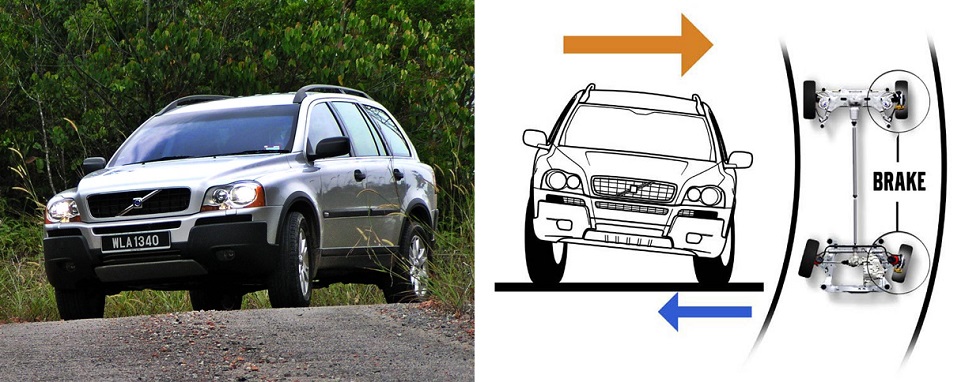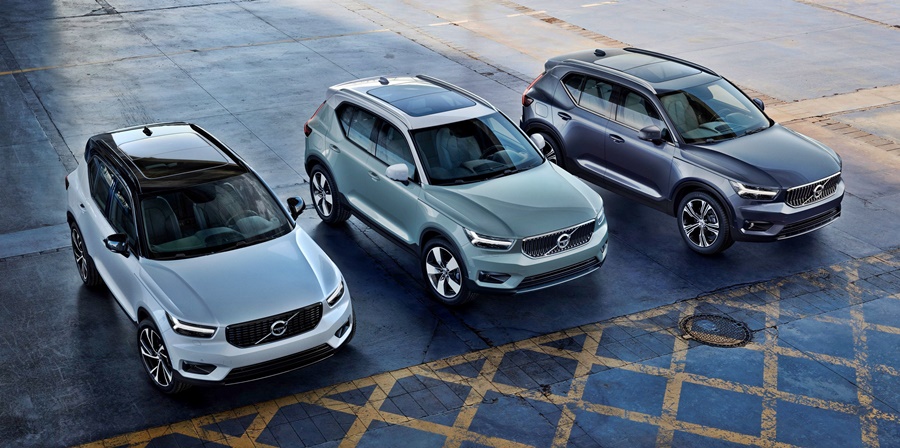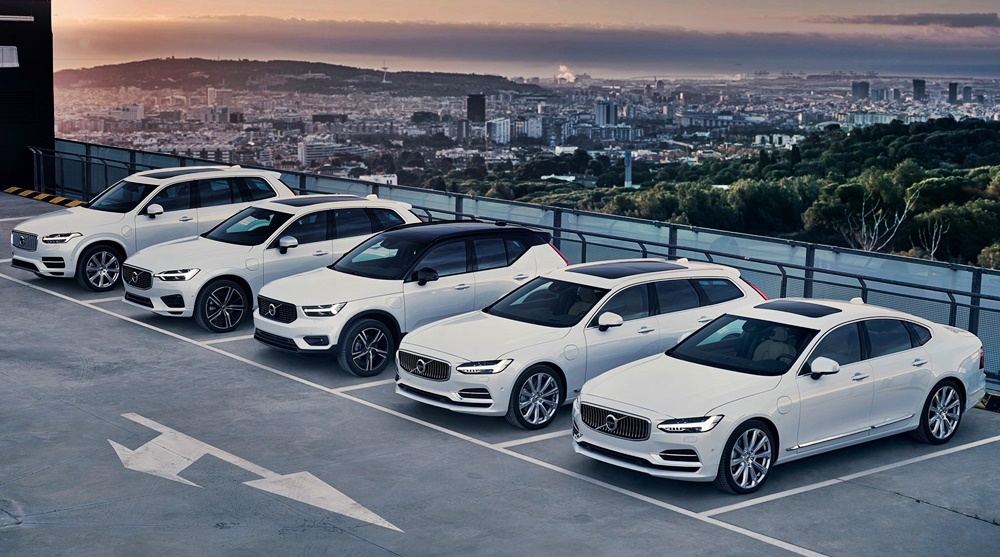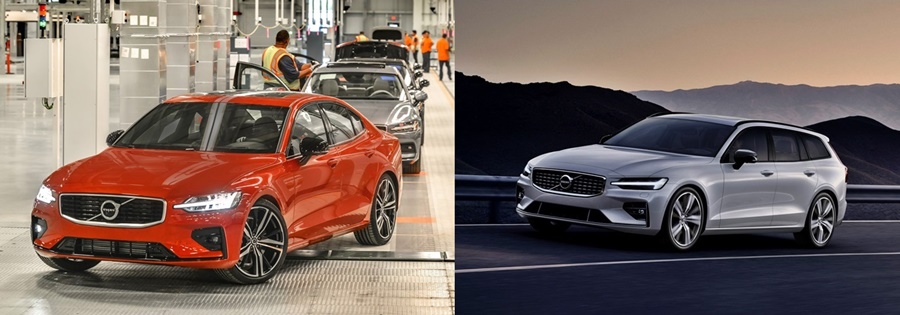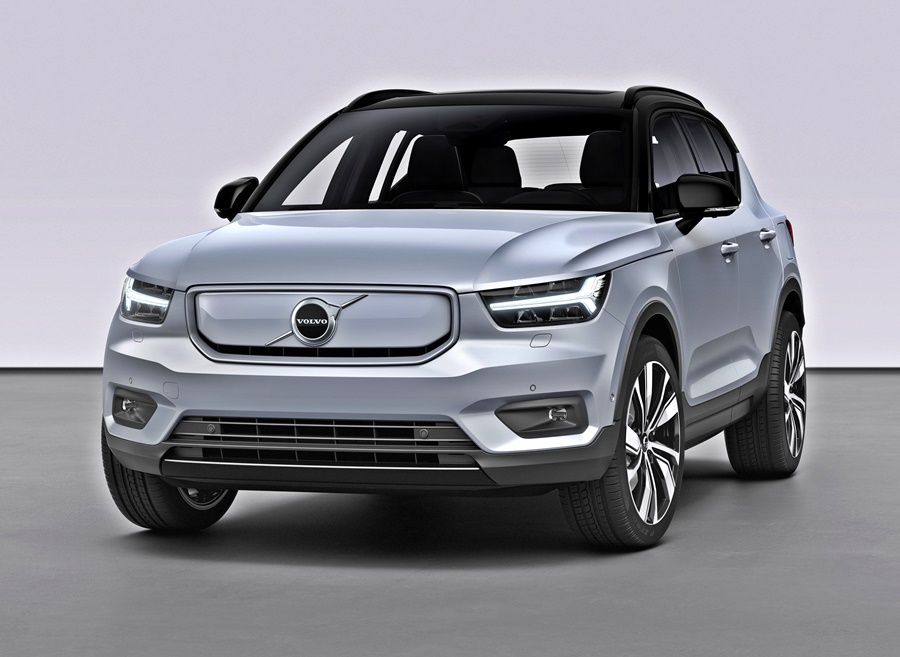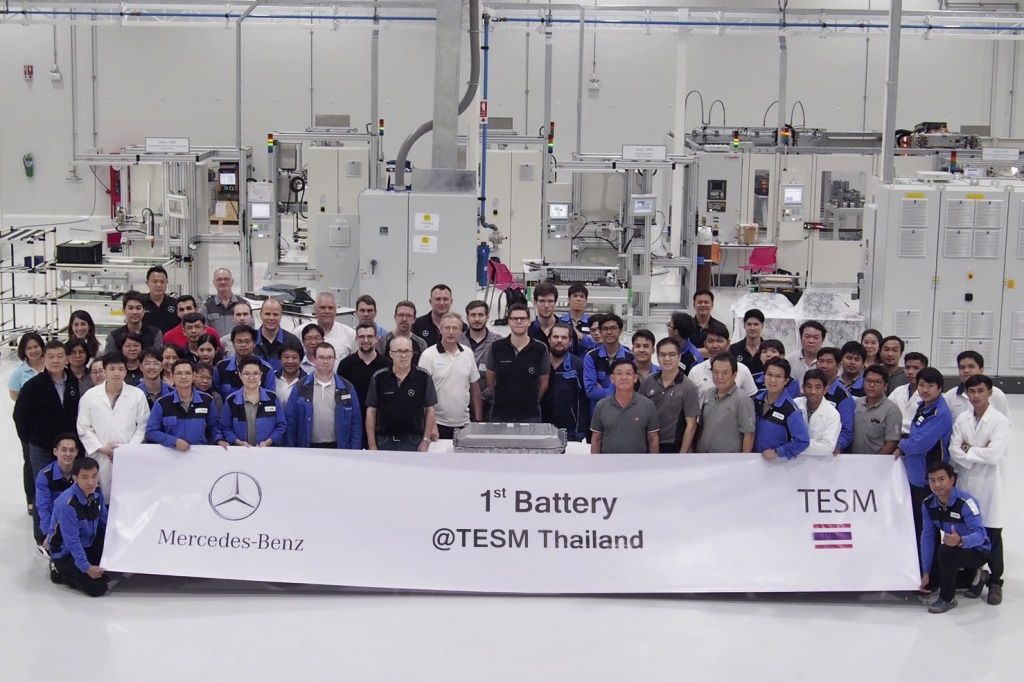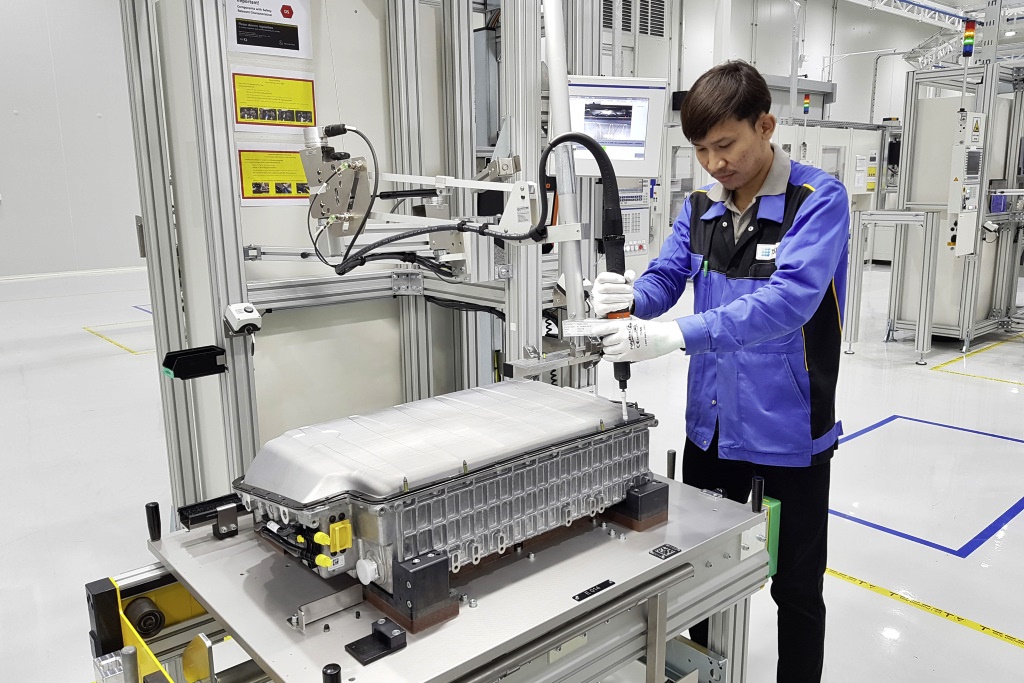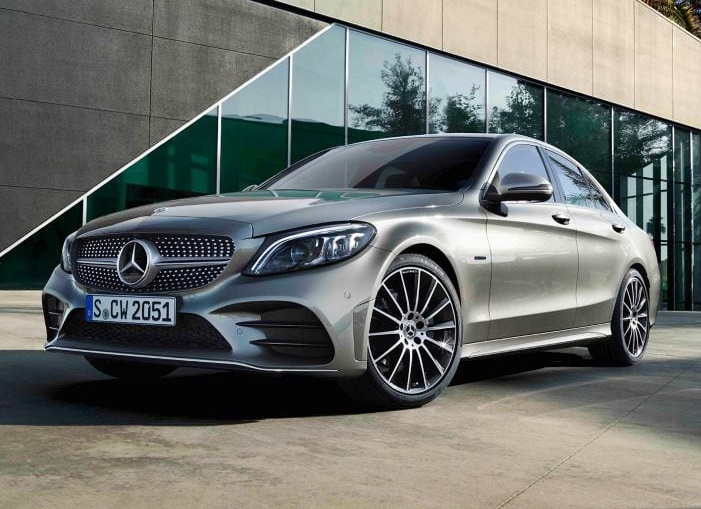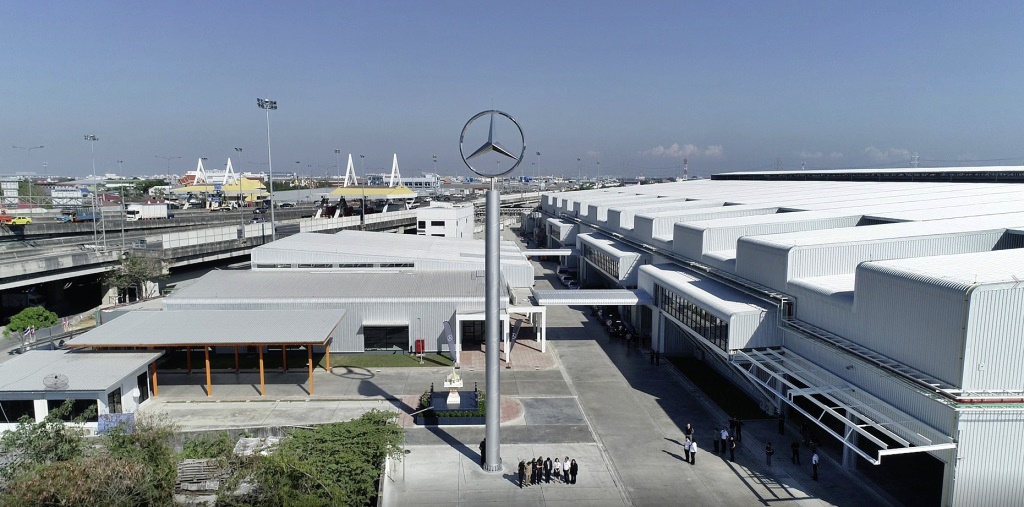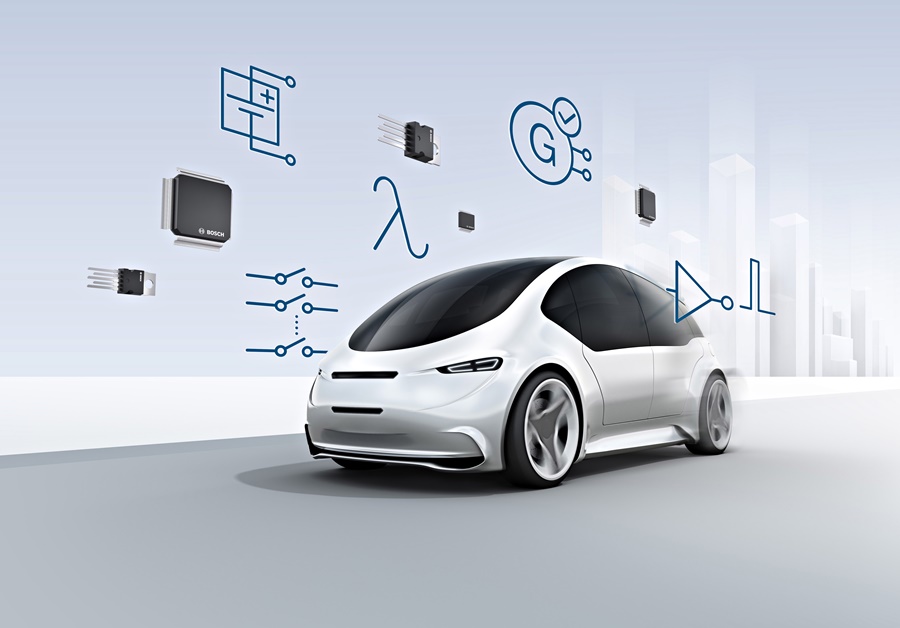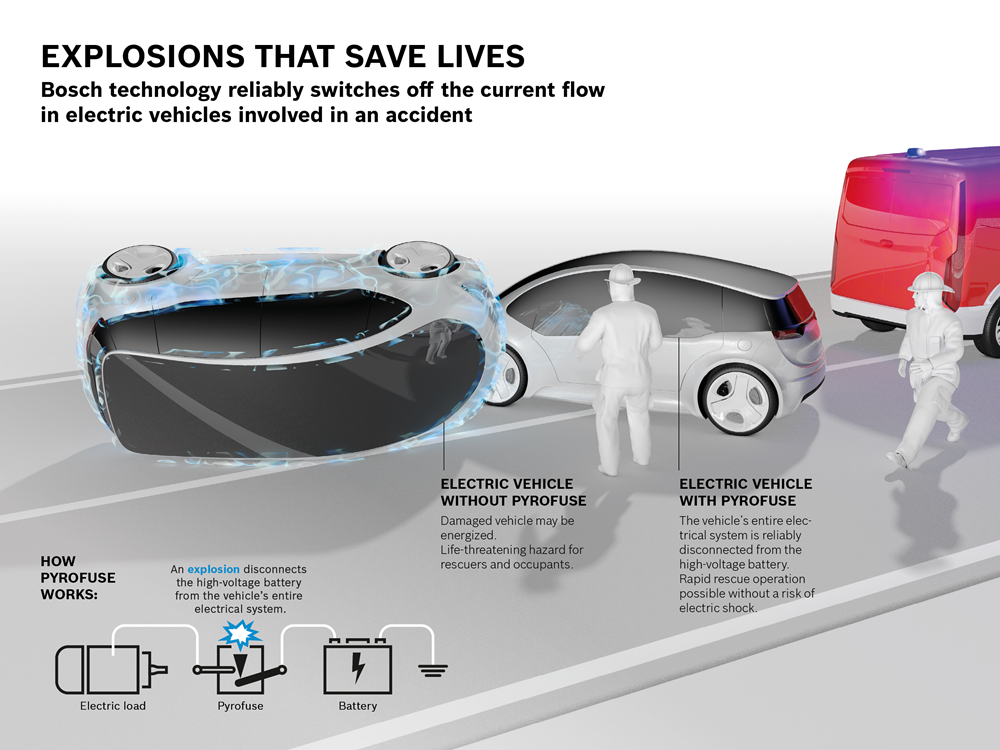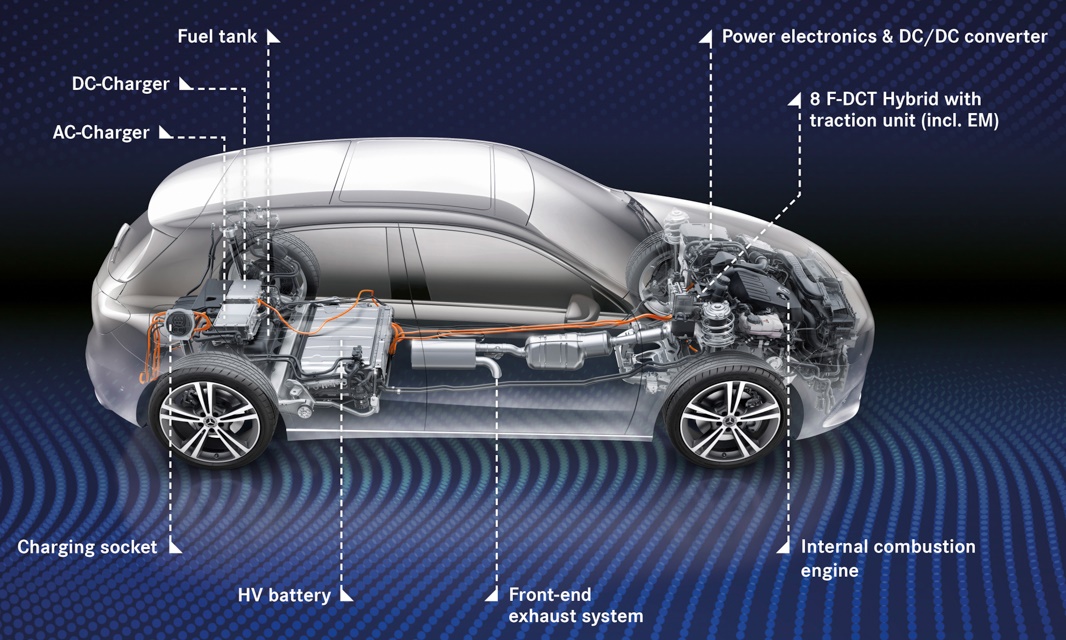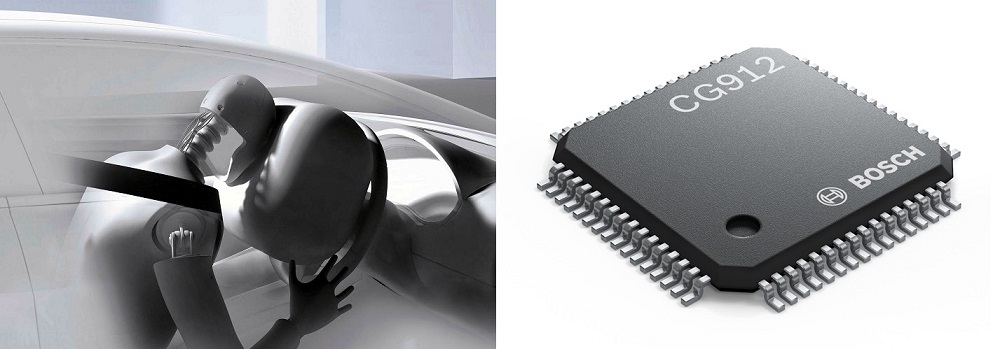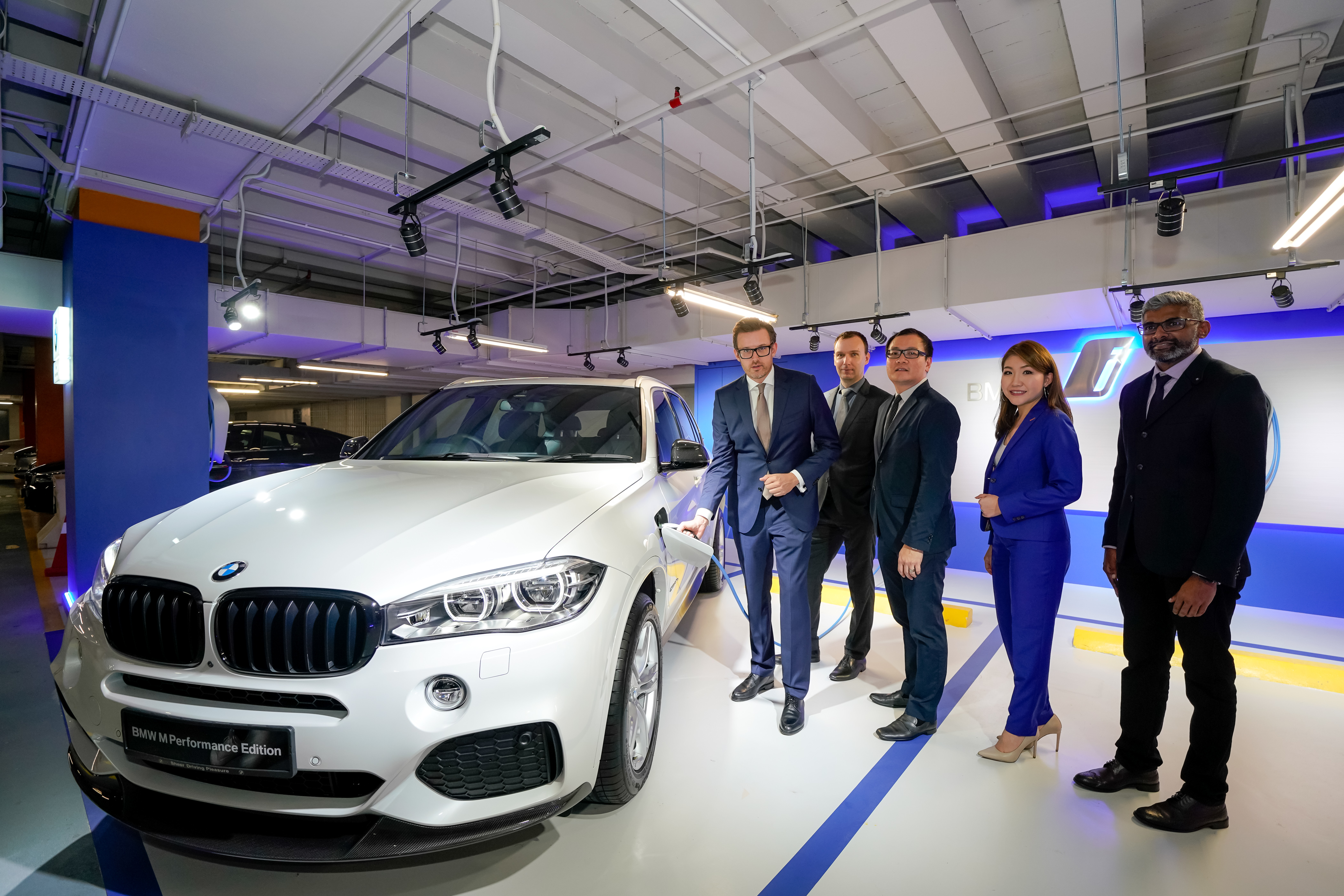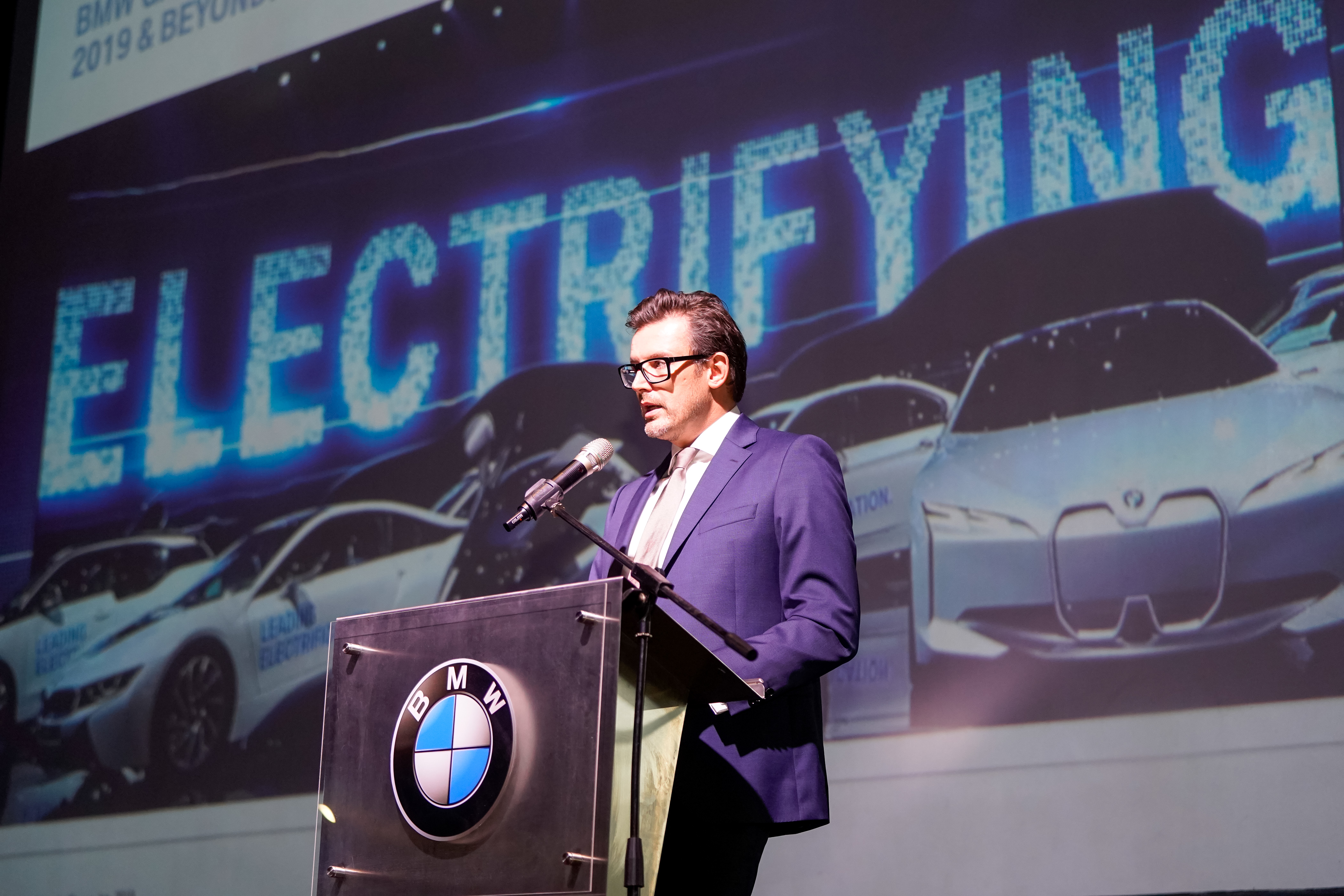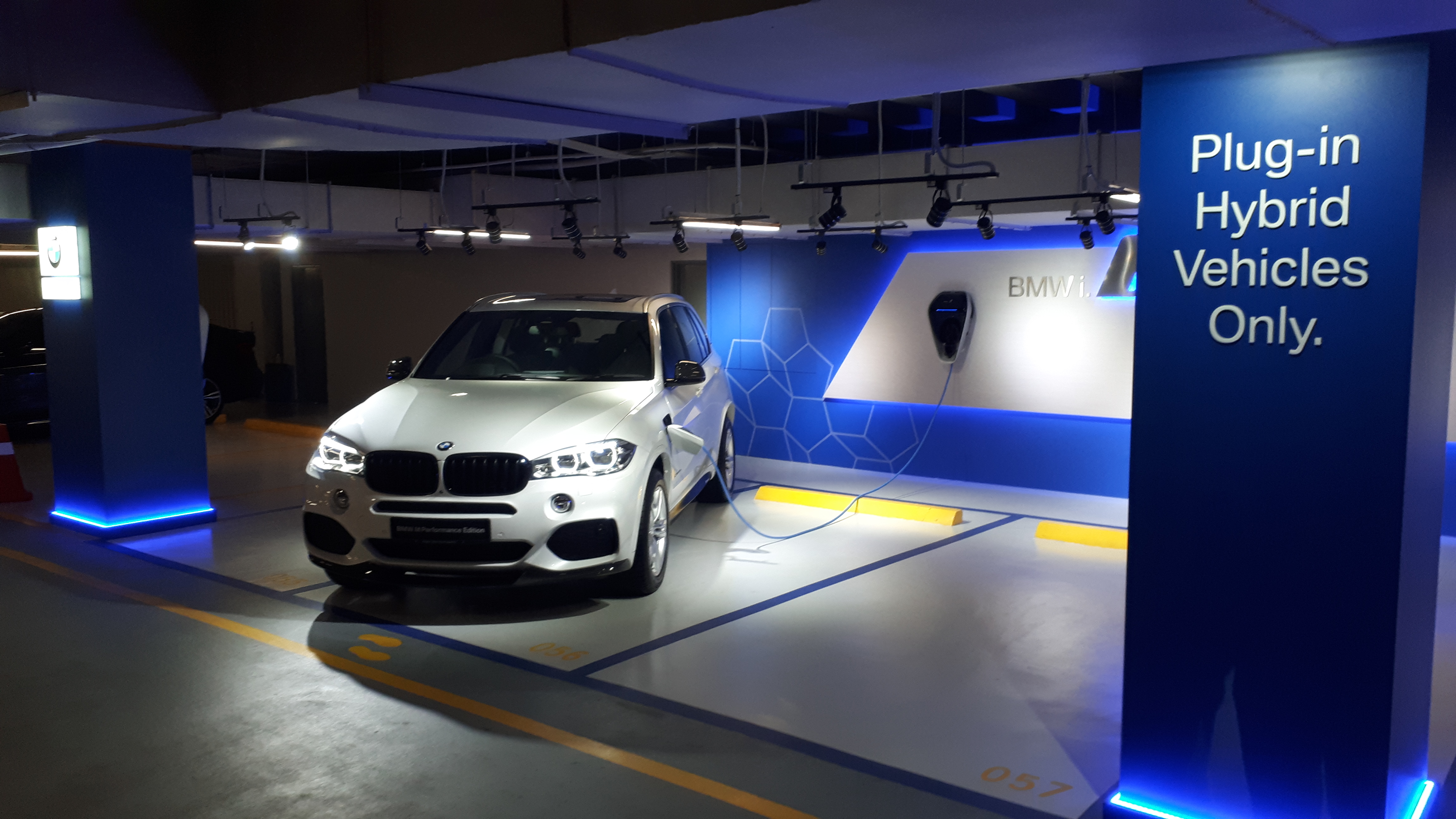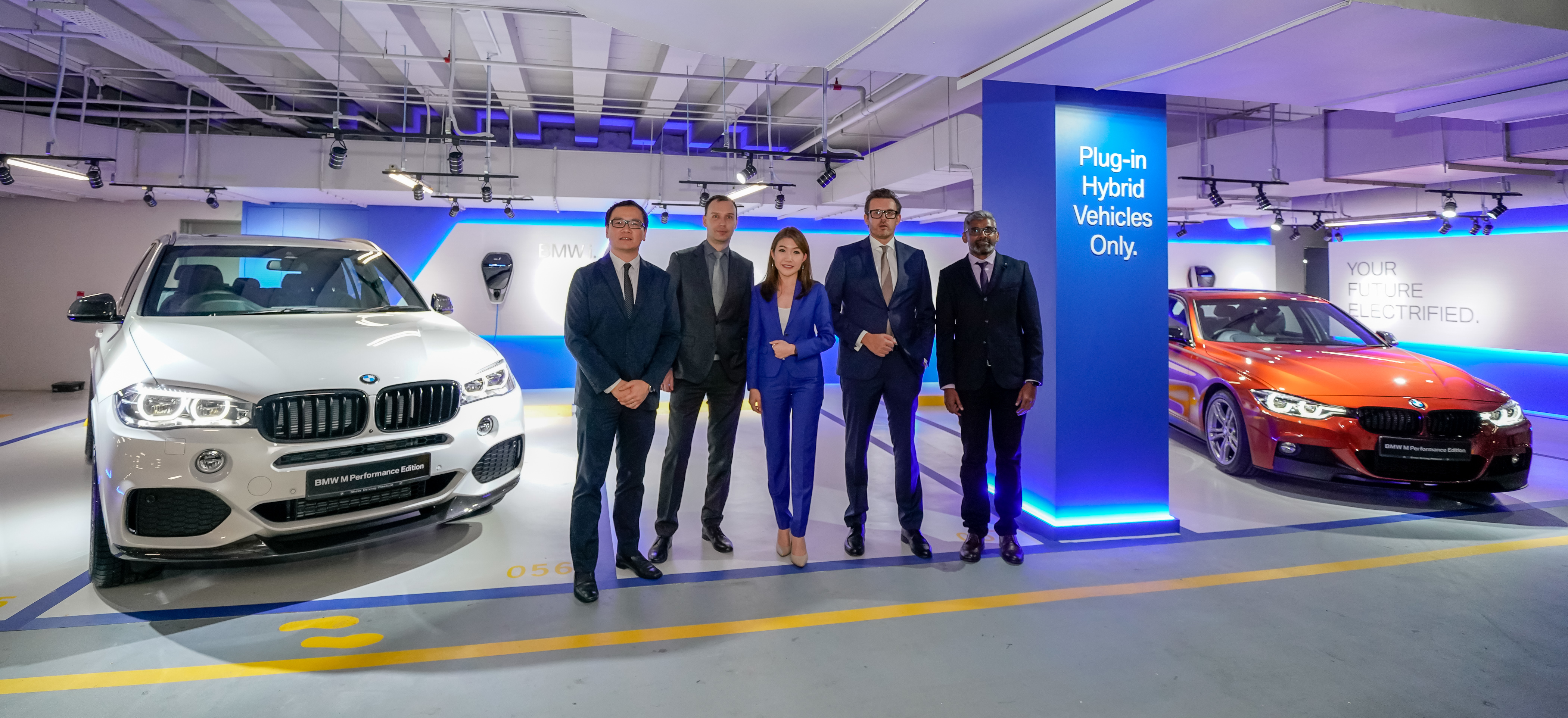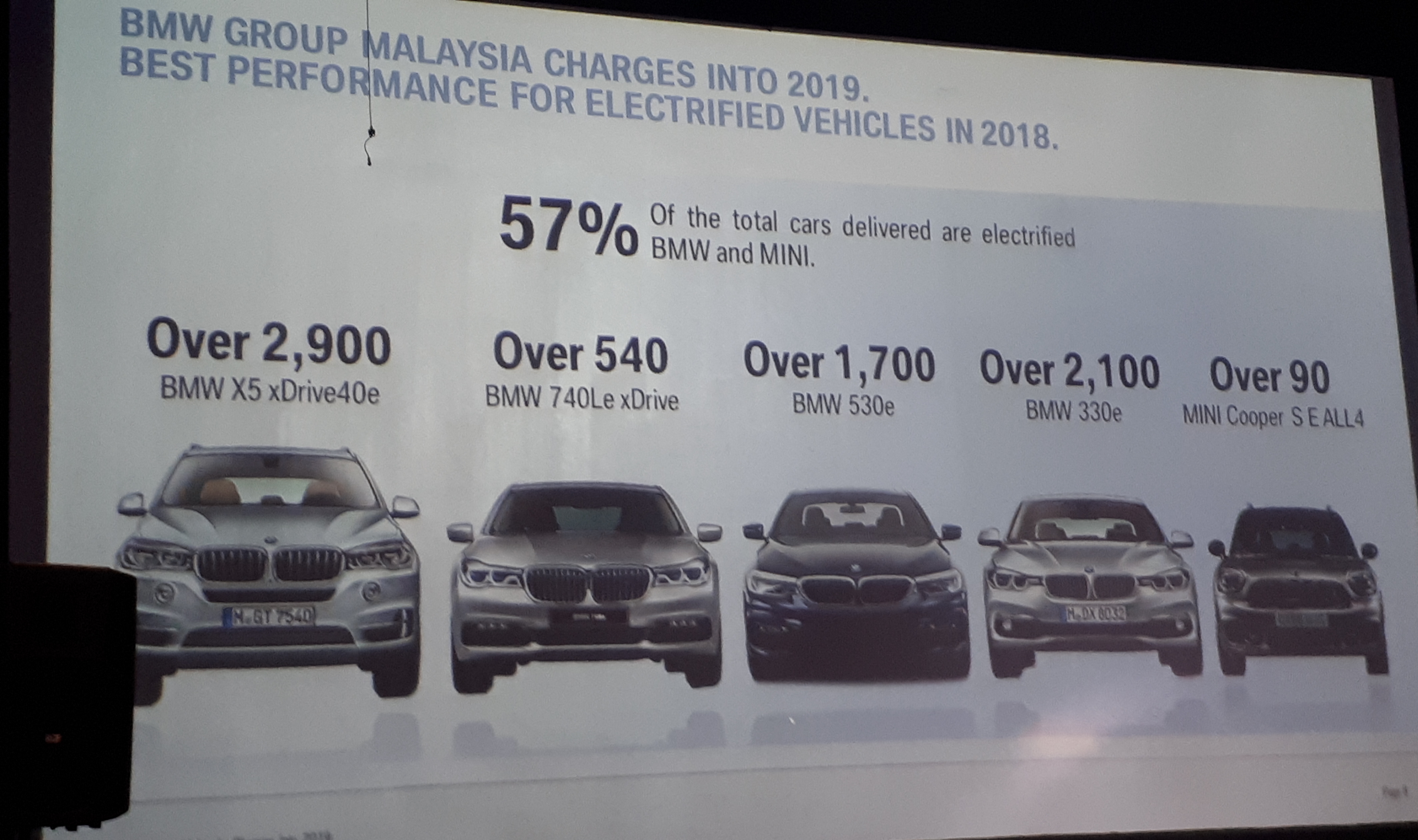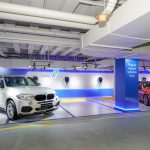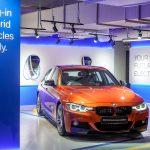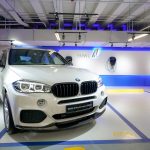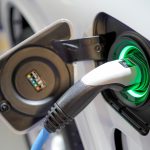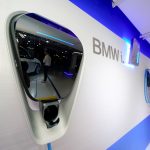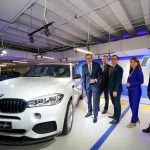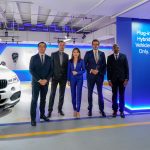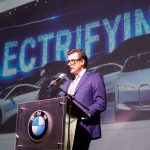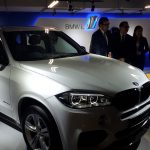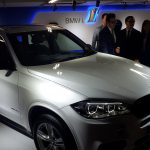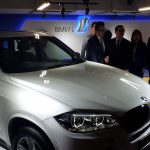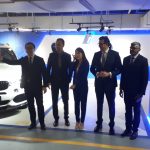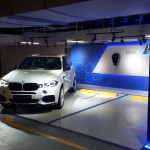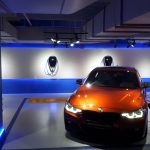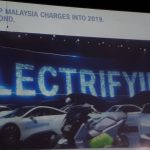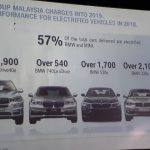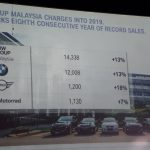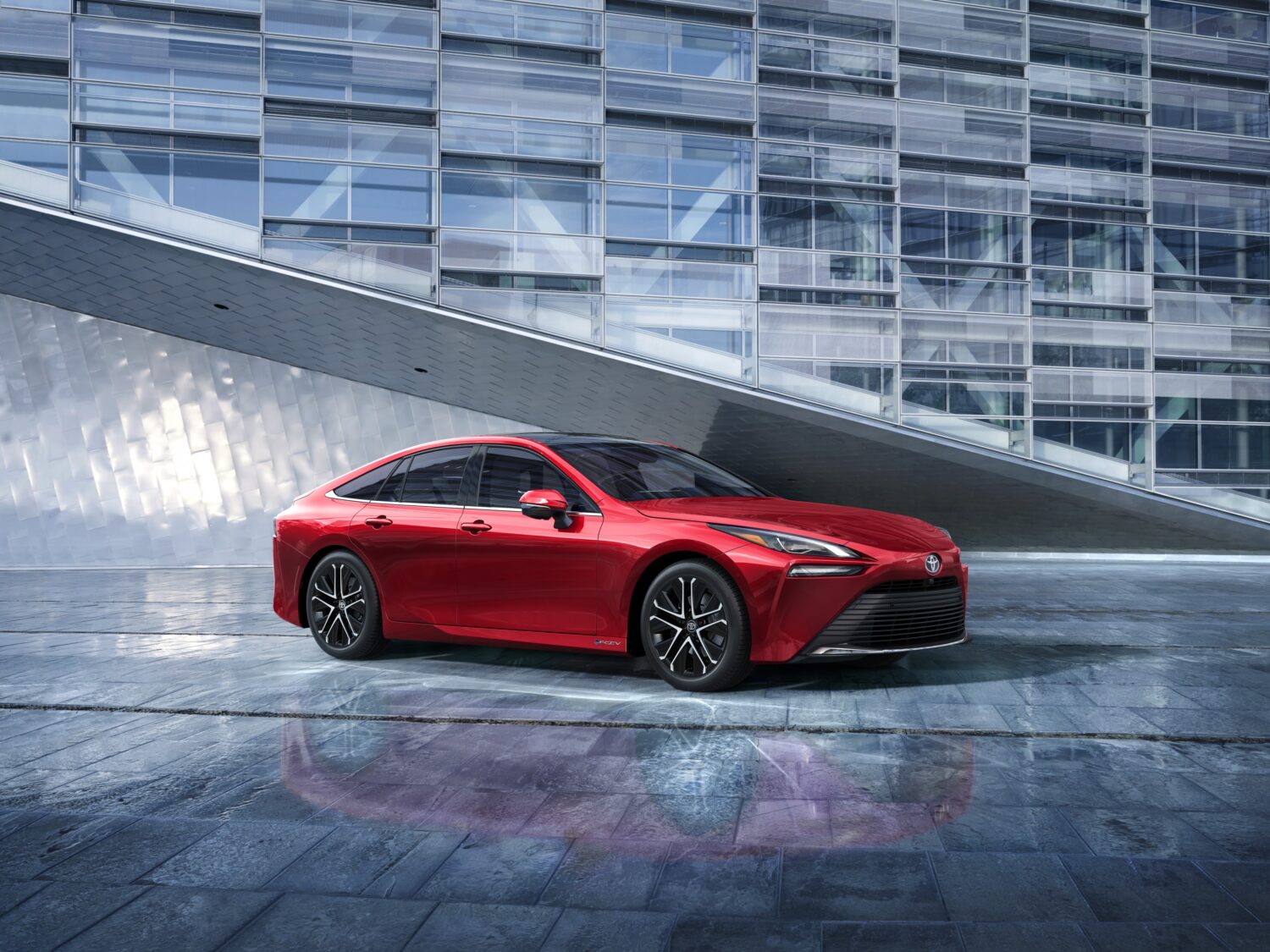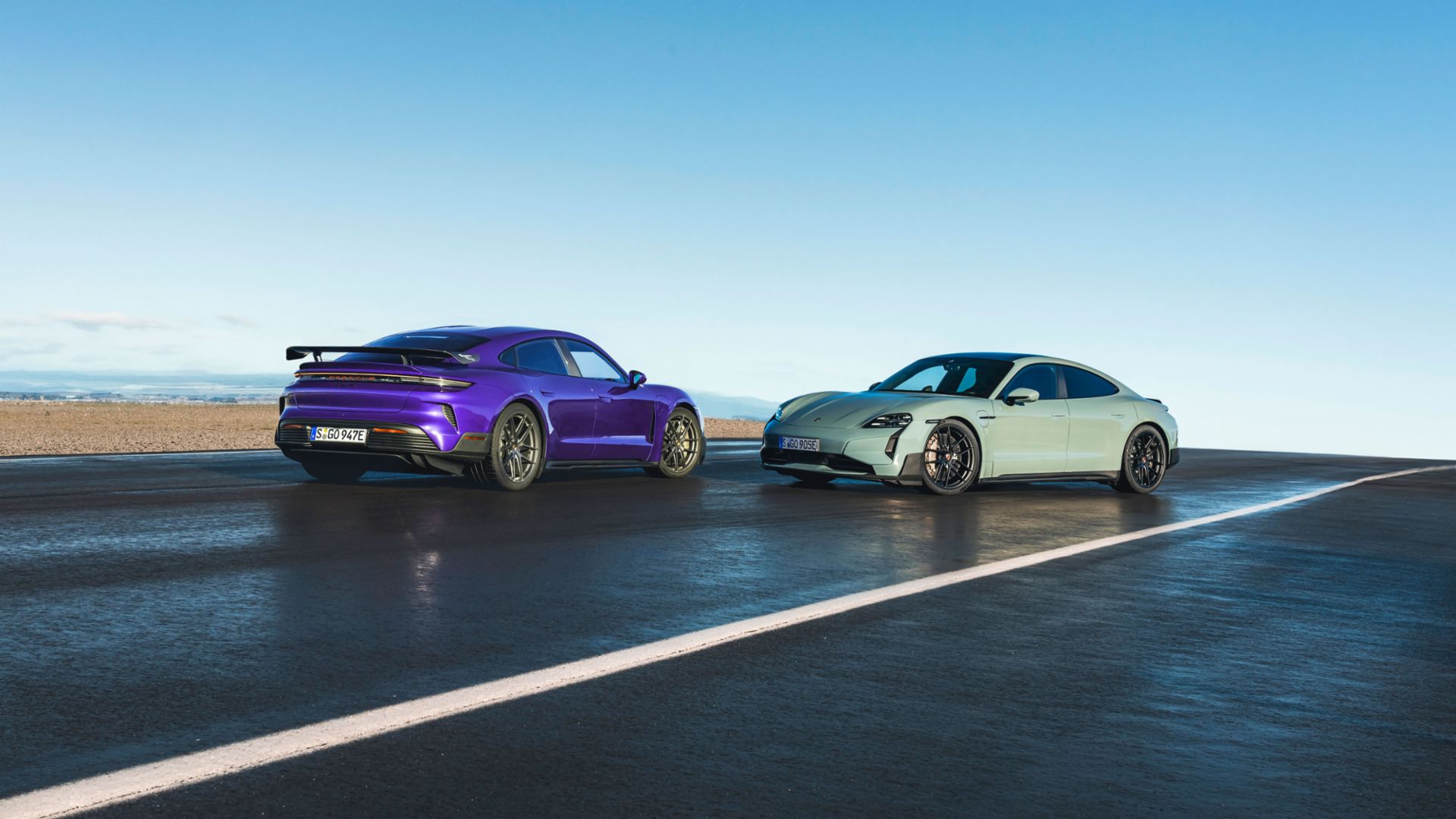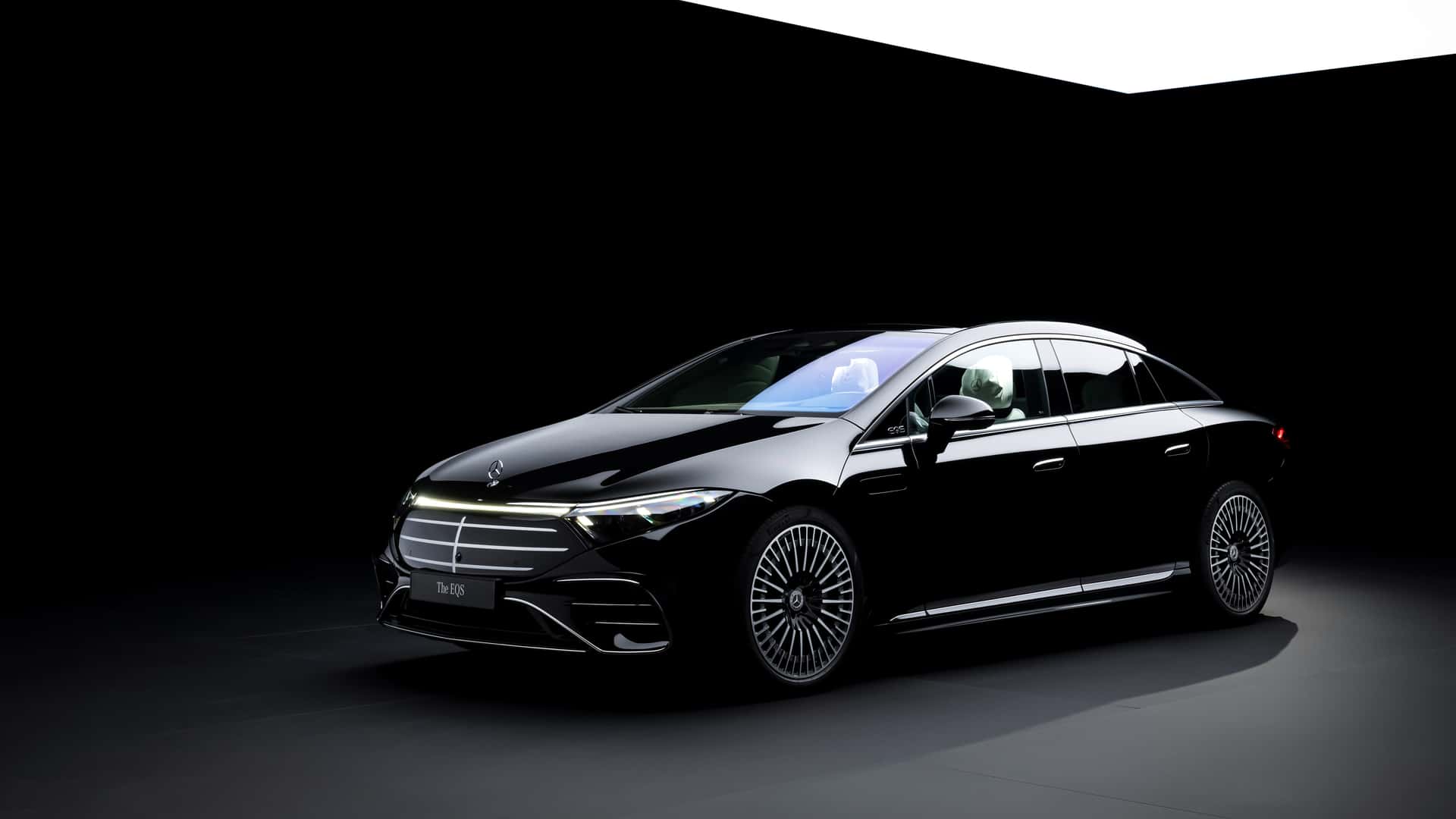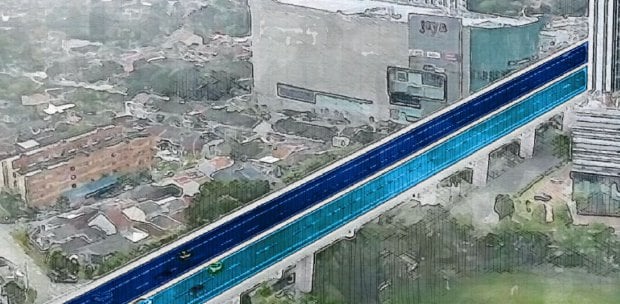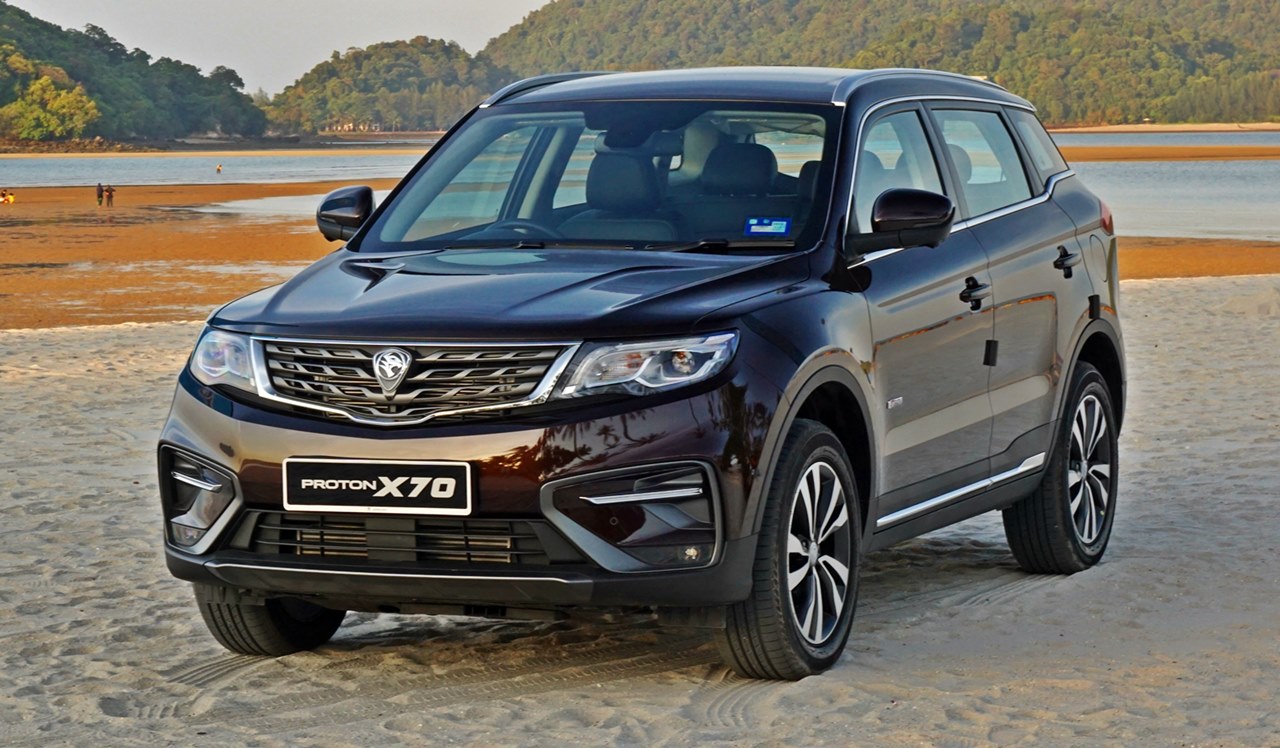Besides range anxiety – the concern about how far you can go on a fully charged battery pack – has been on the minds of people who consider hybrids or electric vehicles, the other issue has also been the cost of the battery pack itself. In the early years, when the technology was still young, battery packs were very expensive and discouraged many people. But there has been constant advancement of the technologies, along with prices coming down, although they still are much more expensive than the small batteries that you see in the engine bay.
The battery packs have generally been reliable and how long they last has depended on many factors, both environmental as well as driving. It’s like batteries in laptops or mobilephones – some people enjoy a long service life while others may have to replace them within a couple of years when they cannot hold their charge properly.
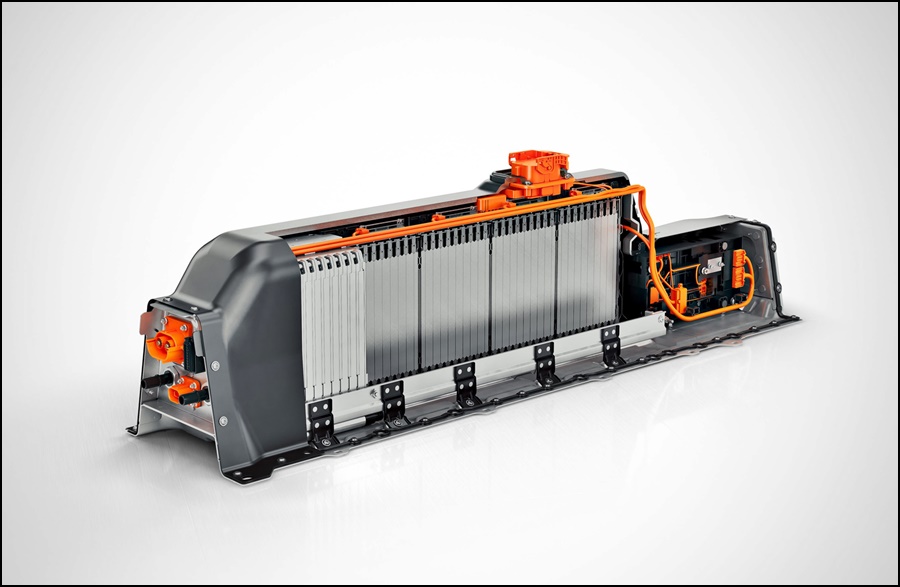
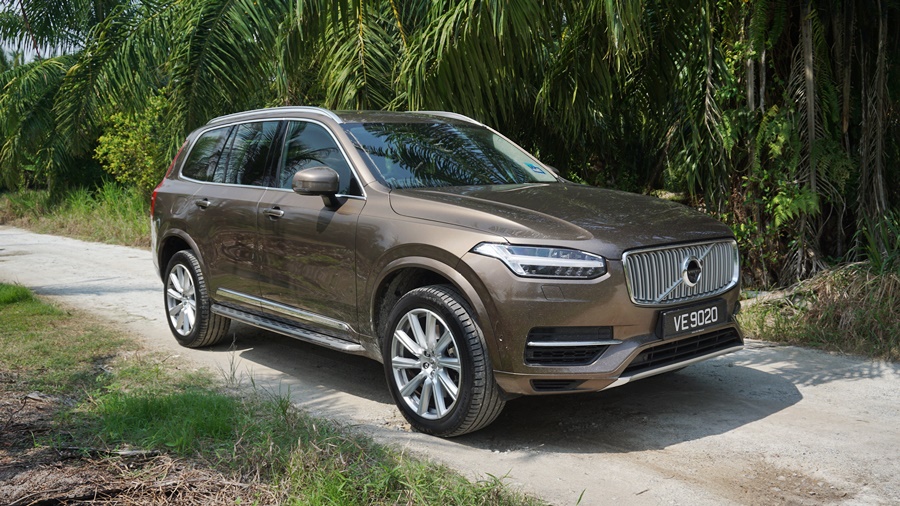
PHEVs sold since December 2015 are covered
To give customers peace of mind, many companies have offered longer warranties on the battery packs. Volvo Car Malaysia announced its extended warranty in March 2020 but the coverage was only for models in its Plug-in Hybrid Electric Vehicle (PHEV) range registered from January 1, 2020.
Now the company has extended the coverage to all Volvo PHEVs purchased since December 3, 2015 when the XC90 T8 PHEV was launched in Malaysia. The company says that this has been prompted by ‘the enthusiastic response from customers and realising the positive impact that long-term electrification can bring to the environment’.
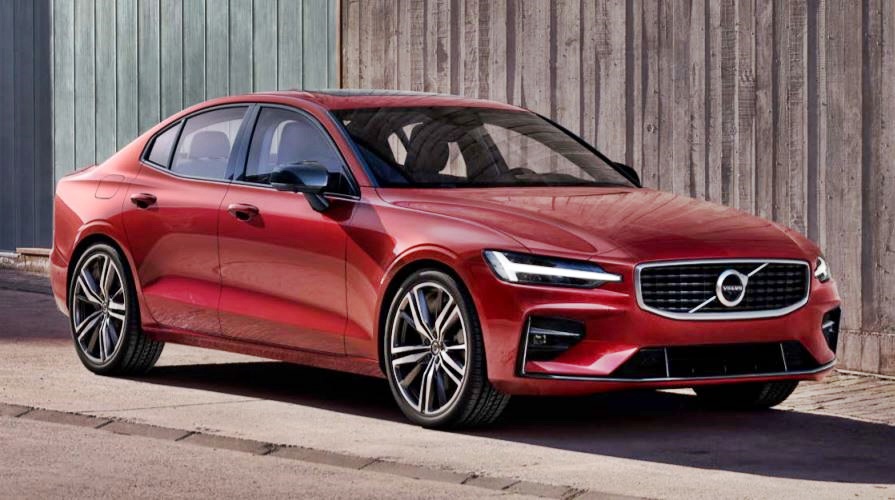
“As we continue our journey into sustainability, we are happy to announce this new, extended warranty coverage for our customers who have purchased any Volvo PHEVs since the launch of our first XC90 PHEV in Malaysia. This is our way of showing gratitude to the early adopters and also for those who are striving to make a more sustainable decision,” said Nalin Jain, MD of Volvo Car Malaysia.
The Volvo range of PHEVs for the Malaysian market consists of the S60 T8, XC60 T8, XC90 T8, and S90 T8. Prices range from RM295,888 to RM409,888 (excluding insurance).
Volvo’s new technology offers premium air quality inside the car


